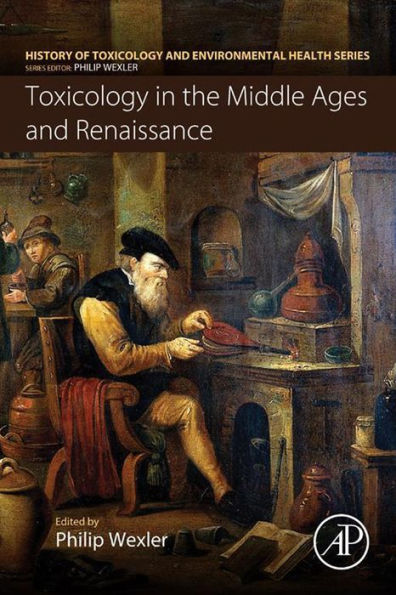Toxicology in the Middle Ages and Renaissance
Toxicology in the Middle Ages and Renaissance provides an authoritative and fascinating exploration into the use of toxins and poisons in the Middle Ages and Renaissance. Part of the History of Toxicology and Environmental Health series, this volume is a follow-up, chronologically, to the first two volumes which explored toxicology in antiquity. The book approximately covers the 1100s through the 1600s, delving into different aspects of toxicology, such as the contributions of scientific scholars of the time, sensational poisoners and poisoning cases, as well as myths. Historical figures, such as the Borgias and Catherine de Medici are discussed. Toxicologists, students, medical researchers, and those interested in the history of science will find insightful and relevant material in this volume. - Provides the historical background for understanding modern toxicology - Illustrates the ways previous civilizations learned to distinguish safe from hazardous substances, how to avoid them, and how to use them against enemies - Explores the way famous historical figures used toxins
1132568805
Toxicology in the Middle Ages and Renaissance
Toxicology in the Middle Ages and Renaissance provides an authoritative and fascinating exploration into the use of toxins and poisons in the Middle Ages and Renaissance. Part of the History of Toxicology and Environmental Health series, this volume is a follow-up, chronologically, to the first two volumes which explored toxicology in antiquity. The book approximately covers the 1100s through the 1600s, delving into different aspects of toxicology, such as the contributions of scientific scholars of the time, sensational poisoners and poisoning cases, as well as myths. Historical figures, such as the Borgias and Catherine de Medici are discussed. Toxicologists, students, medical researchers, and those interested in the history of science will find insightful and relevant material in this volume. - Provides the historical background for understanding modern toxicology - Illustrates the ways previous civilizations learned to distinguish safe from hazardous substances, how to avoid them, and how to use them against enemies - Explores the way famous historical figures used toxins
39.95
In Stock
5
1

Toxicology in the Middle Ages and Renaissance
192
Toxicology in the Middle Ages and Renaissance
192
39.95
In Stock

Product Details
| ISBN-13: | 9780128095591 |
|---|---|
| Publisher: | Elsevier Science & Technology Books |
| Publication date: | 03/13/2017 |
| Series: | History of Toxicology and Environmental Health |
| Sold by: | Barnes & Noble |
| Format: | eBook |
| Pages: | 192 |
| File size: | 8 MB |
About the Author
What People are Saying About This
From the B&N Reads Blog
